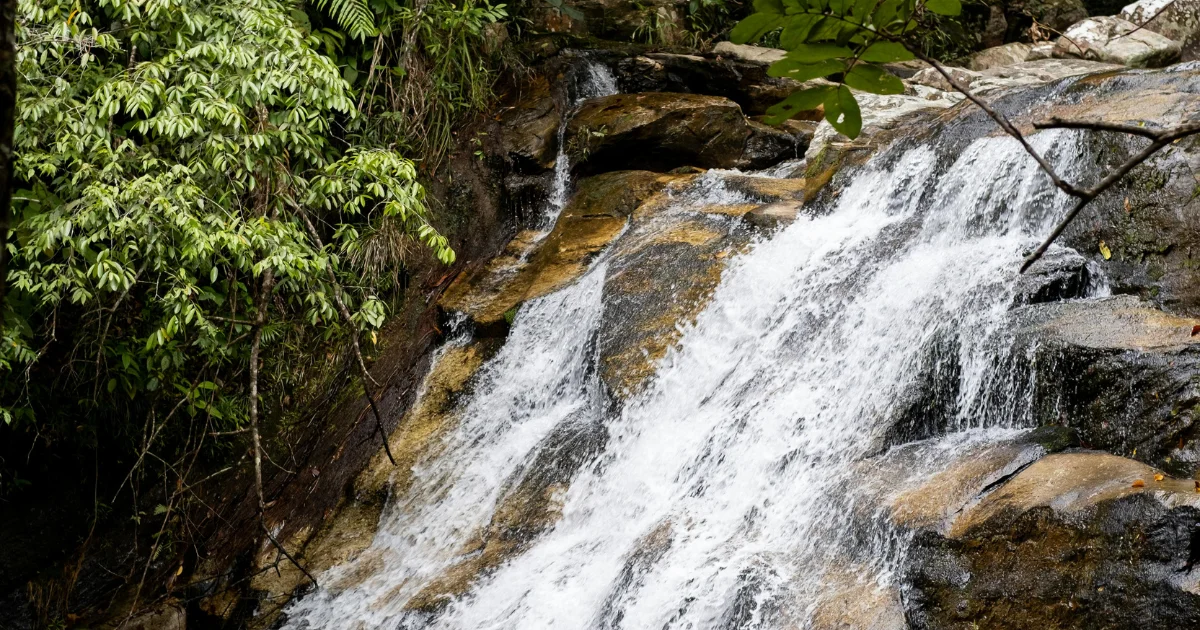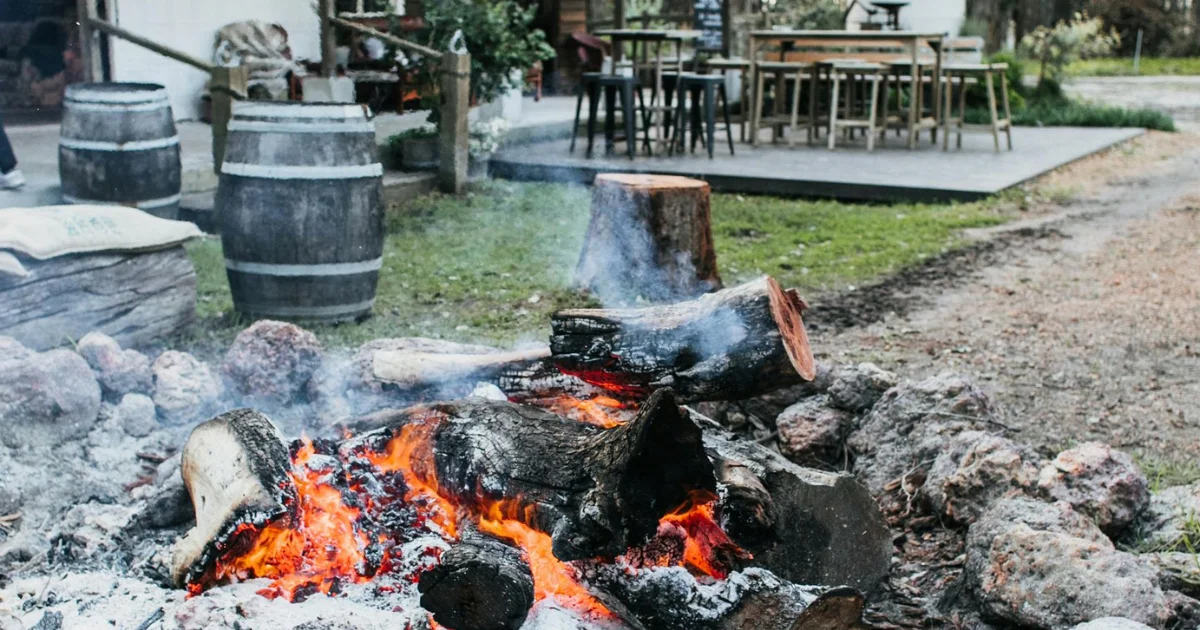How Trees Cool the Air
Trees do a lot more than just add beauty to our surroundings; they play a critical role in cooling the air around us. With rising temperatures and urban areas getting hotter, the natural cooling effect of trees becomes more important than ever. Trees help cool the air in multiple ways, making our environment more comfortable and healthier. Let’s explore how they do this and why it matters.
Trees Provide Shade
One of the simplest ways trees cool the air is by providing shade. When the sun beats down on buildings, streets, and sidewalks, it heats these surfaces, making the entire area feel warmer. But trees act as a natural barrier to sunlight. When we walk under a tree, we instantly feel cooler because the tree’s branches and leaves block the direct sunlight.
In cities, this shading effect is especially important. Sidewalks, streets, and buildings absorb a lot of heat, which contributes to what’s called the urban heat island effect. Areas with lots of trees can be up to 10-15°F cooler than places without them. By shading these surfaces, trees help reduce the heat in urban spaces and keep them more comfortable.
Evapotranspiration: How Trees Cool the Air
Trees also cool the air through a process called evapotranspiration. This process combines two actions:
Evaporation: Water evaporates from the surface of the tree’s leaves.
Transpiration: Water is drawn from the soil into the tree’s roots, traveling up to the leaves and releasing as water vapor.
When water turns into vapor, it takes heat from the air, cooling it down. This is similar to how sweating cools our skin on a hot day. Evapotranspiration can lower temperatures around trees by several degrees, creating a noticeable cooling effect, especially when there are many trees in an area.
How Trees Help Reduce the Urban Heat Island Effect
In cities, there’s often a lot of concrete, asphalt, and other hard surfaces that absorb and store heat from the sun. This causes cities to become hotter than surrounding rural areas, a phenomenon known as the urban heat island effect. Urban heat islands lead to higher energy use, as people rely more on air conditioning to stay comfortable.
Trees help fight this effect by providing shade and cooling the air through evapotranspiration. In areas with lots of trees, the temperatures are usually lower, which can reduce the need for air conditioning. This not only saves energy but also lowers costs and reduces pollution from power plants.
The Health Benefits of Trees’ Cooling Effect
Trees’ cooling effect has important benefits for our health, too. High temperatures can cause heat-related illnesses, especially for the elderly, children, and people with health issues. By cooling the air, trees help reduce the risk of heat exhaustion and heatstroke.
Trees also improve air quality. As they cool the air, they absorb pollutants like carbon dioxide and trap dust and particles on their leaves. This makes the air fresher and healthier to breathe, which is especially important in cities with high pollution levels. Overall, trees create healthier, more comfortable outdoor spaces where people can relax and enjoy the environment.
How to Maximize Cooling with Trees
To get the best cooling effect from trees, it’s essential to plant them in the right places and choose the right types of trees. Here are a few tips for maximizing the cooling benefits of trees:
Choose Broad-Leafed Trees: Trees with large leaves, like oaks and maples, provide more shade and are better at cooling than trees with small leaves or needles.
Plant Near Buildings and Homes: Trees planted on the west and south sides of buildings can block the hot afternoon sun, helping to keep homes and offices cooler.
Line Streets and Sidewalks with Trees: Planting trees along streets and sidewalks creates a shaded pathway, making it more comfortable for pedestrians and reducing the temperature of nearby buildings.
Add Trees to Parks and Open Spaces: Large parks filled with trees act as cool zones in cities, offering people a place to escape the heat.
Use Drought-Resistant Trees in Dry Areas: In regions where water is scarce, drought-resistant trees can provide cooling without needing frequent watering.
The Environmental Benefits of Trees’ Cooling Effect
Trees not only cool the air but also benefit the environment in other ways. By reducing the need for air conditioning, trees help cut down on energy use, which in turn lowers greenhouse gas emissions. This makes trees a natural solution for combating climate change. Additionally, trees support biodiversity by providing habitats for birds, insects, and other wildlife, creating a balanced ecosystem even in urban areas.
Relevant post: In impressive trees influence the climate in 2024
Other Relevant: Trees and Climate Change: How Forests Benefit the Climate
Conclusion: Why Trees Are Essential for Cooling the Air
Trees are nature’s answer to rising temperatures. By providing shade and cooling the air through evapotranspiration, they help create more comfortable, healthier spaces for us to live and work. In cities, trees reduce the urban heat island effect, save energy, improve air quality, and make outdoor spaces more enjoyable. Planting more trees and taking care of them is a simple, effective way to keep our environment cool and support a sustainable future.




